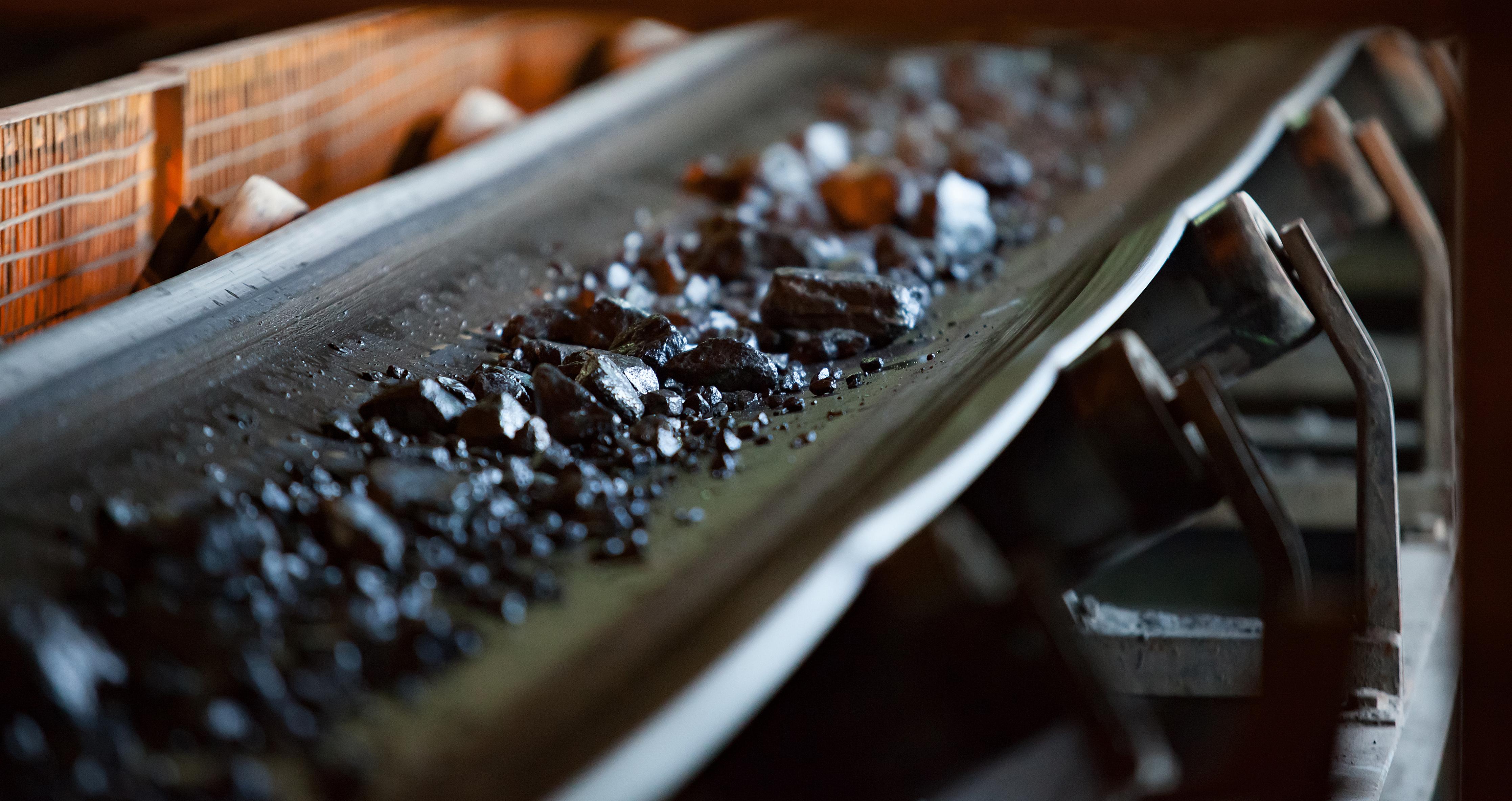A tour of ancient Ulytau
Early peoples are integral to the historical lineage and budding ethnic tourism industry of northern Kazakstan. To learn more about it, you can take a tour of these cultural traditions by following some of the trails of the Silk Road. Handicrafts and folk crafts are essential to preserving the history and traditions early nomads left behind. There is a powerful connection to the earth as you traverse in the footsteps of the original metallurgists.

During the Bronze Age, craftspeople from the Eurasian Steppe would work the iron ore beneath their feet and create a world of metal. On the open expanse of blue rivers and lakes, nomads would work in the serenity of melodic hammers under open skies. Saryarka's bounty lay in the foundational rock, complex ore, manganese ore, copper ore, and iron. Aluminum ores (bauxites), nickel, tungsten, molybdenum, and gold were all prized on the northern Kazakh Steppe.

Legends say three great clans joined together to achieve unity as one, drawn together to benefit copper mines that would bring the dawn of metallurgy. Just south of the Korgalzhyn and Naurzum State Nature Reserve lies the Ulytau District. The beating heart would glow with smelting furnaces. Ancient sites throughout the region play an integral role in Kazakhstan's history.

